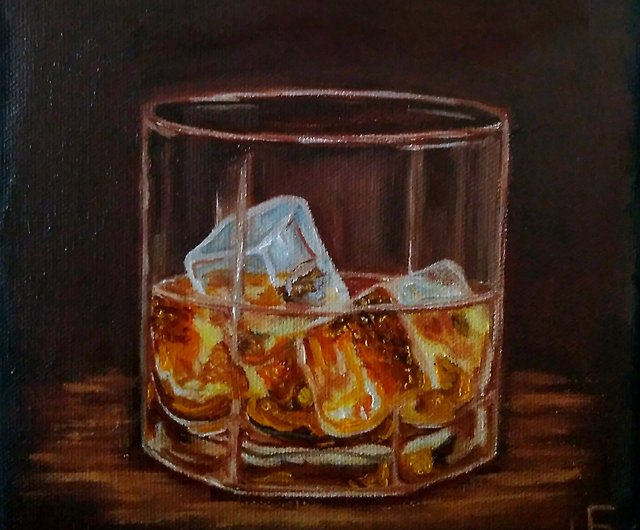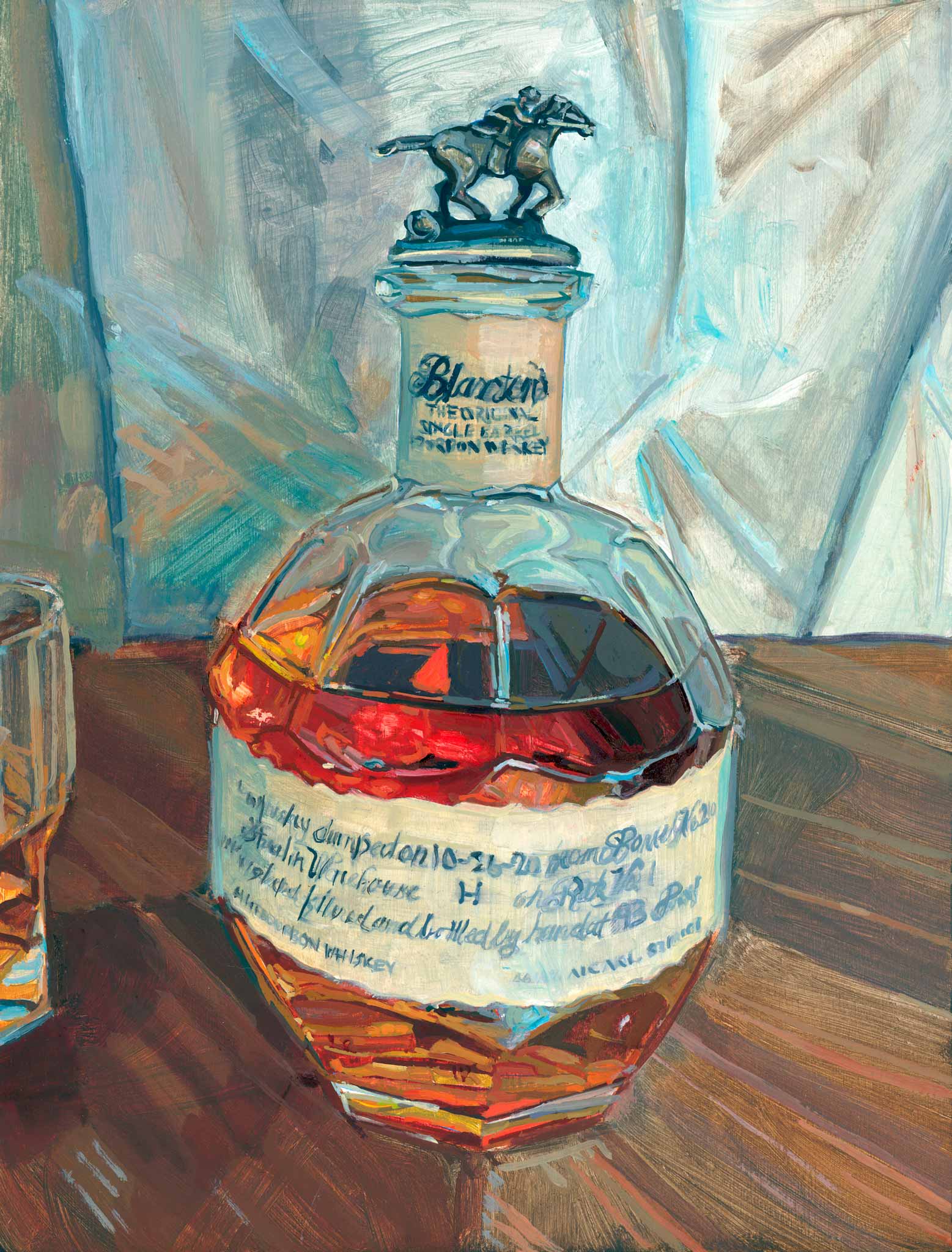Discover the World of Bourbon Art: A Journey Through Society and Craftsmanship
Wiki Article
Capturing the Essence of Scotch Art With Unique Visual Representations and Designs
The art of whiskey extends beyond the fluid itself, showing up with a variety of visual representations that encapsulate its fabled heritage and workmanship. What stays to be revealed is how these progressing styles reflect not only the scotch itself but also the changing landscape of artistic interpretation. Realism Art.The Background of Scotch Art

As whiskey production spread, so too did the desire to elevate its experience via art. From the complex engravings on early barrels to the fancy tags of modern-day bottles, each component reflects an one-of-a-kind creative vision, offering as a visual story of the bourbon's heritage.
In the 19th and 18th centuries, the surge of the commercial transformation further improved whiskey art, bring about ingenious packaging and marketing that captured consumer interest. Developers and artists started trying out aesthetic appeals, imbuing whiskey-related images with symbolic definitions that communicated concepts of workmanship, community, and practice.
Today, scotch art remains to evolve, mixing standard methods with contemporary art kinds. Whiskey Art. This ongoing discussion in between the spirit and its visual depiction underscores the enduring bond in between scotch and culture, improving the general experience for lovers worldwide
Iconic Bottle Styles
While lots of elements add to the attraction of scotch, legendary container designs play an essential role in shaping customer understanding and improving the general experience. The visual discussion of scotch containers is not simply an aesthetic factor to consider; it works as a bridge in between the customer and the product, stimulating feelings and setting assumptions.Unique shapes, products, and closures can boost a whiskey brand name's identification, making it promptly identifiable on crowded shelves. The classic Glenfiddich bottle, with its stylish tapered shape, communicates a feeling of tradition and craftsmanship, while the strong, contemporary design of the Balvenie bottle mirrors advancement and class. The use of colored glass or special structures can recommend the quality and personality of the bourbon within.
Legendary layouts often incorporate elements of social heritage, symbolizing the brand name's history and connection to its origins. Brands like Jack Daniel's utilize an uncomplicated, robust layout that resonates with its American whiskey heritage. Eventually, the effect of container layout extends past plain performance; it envelops the significance of the brand, welcoming customers to explore and delight in the rich tapestry of bourbon culture.
Label Art Work and Branding
Container layouts frequently set the phase wherefore consumers can expect, yet tag art work and branding play an equally substantial function in interacting a whiskey's identification. The tag functions as the initial point of contact between the item and the customer, enveloping the essence of the scotch within its visual components.Efficient tag art work combines typography, shade, and images to produce a narrative that reverberates with the brand name's heritage and target market. A tag featuring complex images and classic fonts may evoke a sense of practice and workmanship, appealing to aficionados. In contrast, bold colors and modern design elements might bring in a more youthful market seeking development and enjoyment.


Digital Photography and Visual Narration
Capturing the significance of scotch via digital photography and visual narration is an art form that boosts the brand experience. This medium transcends simple product depiction, diving right into the detailed narratives that surround each bottle. By using engaging images, photographers can evoke feelings that resonate with customers, ultimately building a deeper connection to the whiskey brand name.Aesthetic storytelling in scotch digital photography often makes use of rich textures, lighting, and composition to highlight the special features of the spirit. The interaction of light and darkness can emphasize the brownish-yellow hues of bourbon, while the choice of history elements-- such as rustic barrels or stylish glassware-- can enhance the brand name's heritage or lifestyle associations.
Additionally, recording the ritualistic aspects of bourbon usage, from the pouring to the tasting, invites visitors right into a sensory experience, allowing them to think of the flavors and scents that await. Each photograph not only showcases the item however also narrates of workmanship, custom, and the minutes that whiskey can improve - Whiskey Art. Therefore, photography ends up being a powerful tool in verbalizing the identity of bourbon brands, placing them within the more comprehensive social Whiskey Art landscape
Arising Fads in Bourbon Art
The development of bourbon art is progressively shaped by contemporary patterns that show more comprehensive social shifts and consumer choices. This shift not only highlights the relevance of sustainability yet additionally boosts the narrative bordering bourbon manufacturing.In addition, electronic art has surged in popularity, permitting innovative depictions of scotch. Artists are leveraging technology to craft immersive experiences, such as enhanced truth setups that involve viewers and supply a deeper understanding of scotch's social significance. This fad additionally includes social networks platforms, where aesthetically striking material amasses interest and fosters community amongst enthusiasts.
Additionally, partnerships in between scotch brands and musicians are becoming much more typical. These collaborations generate limited-edition packaging designs and exclusive art work that commemorate both the workmanship of whiskey and the creativity of musicians. As bourbon art proceeds to evolve, these arising trends will most certainly shape its future, fostering a dynamic junction of culture, sustainability, and technology within the whiskey area.
Verdict
To conclude, the art of whiskey incorporates a diverse array of aesthetic depictions that mirror its abundant heritage and workmanship. From iconic container layouts and complex label artwork to engaging digital photography, each element adds to a wider narrative that improves the customer's experience. As emerging fads, such as electronic art and sustainability, remain to form this imaginative landscape, the multifaceted identity of whiskey stays an enduring resource of cultural connection and expedition.

In conclusion, the art of bourbon includes a diverse range of visual depictions that mirror its rich heritage and craftsmanship.
Report this wiki page